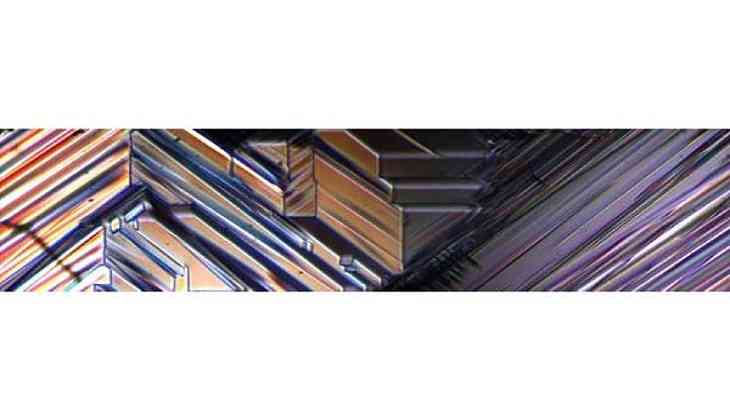Smaller electronic devices come closer to reality

Soon, you will have tiny electronic devices to control everything from smart phones to banking and medical technology as a team of researchers has discovered a new way to create extremely thin electrically conducting sheets.
Through nanotechnology, the Queen's University Belfast researchers created unique 2D sheets, called domain walls, which exist within crystalline materials.
The sheets are almost as thin as the wonder-material graphene, at just a few atomic layers. However, they can do something that graphene can't - they can appear, disappear or move around within the crystal, without permanently altering the crystal itself.
This means that in future, even smaller electronic devices could be created, as electronic circuits could constantly reconfigure themselves to perform a number of tasks, rather than just having a sole function.
Physicist Marty Gregg explained that almost all aspects of modern life such as communication, healthcare, finance and entertainment rely on microelectronic devices. The demand for more powerful, smaller technology keeps growing, meaning that the tiniest devices are now composed of just a few atoms - a tiny fraction of the width of human hair.
"As things currently stand, it will become impossible to make these devices any smaller - we will simply run out of space. This is a huge problem for the computing industry and new, radical, disruptive technologies are needed. One solution is to make electronic circuits more 'flexible' so that they can exist at one moment for one purpose, but can be completely reconfigured the next moment for another purpose," Gregg added.
Gregg noted that the research suggests the possibility to "etch-a-sketch" nanoscale electrical connections, where patterns of electrically conducting wires can be drawn and then wiped away again as often as required.
"In this way, complete electronic circuits could be created and then dynamically reconfigured when needed to carry out a different role, overturning the paradigm that electronic circuits need be fixed components of hardware, typically designed with a dedicated purpose in mind," he added.
There are two key hurdles to overcome when creating these 2D sheets, long straight walls need to be created. These need to effectively conduct electricity and mimic the behavior of real metallic wires. It is also essential to be able to choose exactly where and when the domain walls appear and to reposition or delete them.
Through the research, the Queen's researchers have discovered some solutions to the hurdles. Their research proves that long conducting sheets can be created by squeezing the crystal at precisely the location they are required, using a targeted acupuncture-like approach with a sharp needle. The sheets can then be moved around within the crystal using applied electric fields to position them.
The study is published in Nature Communications.
-ANI

